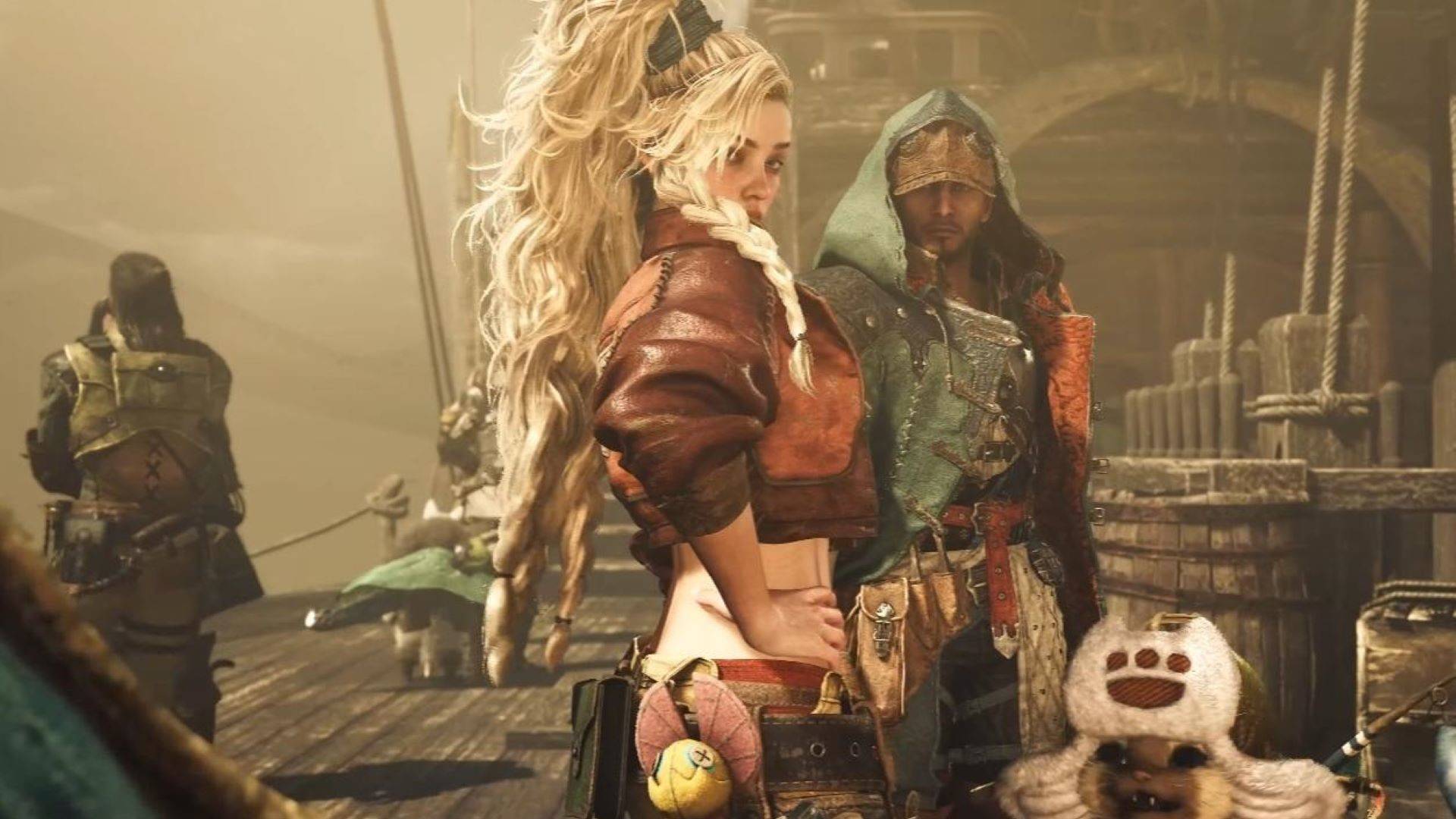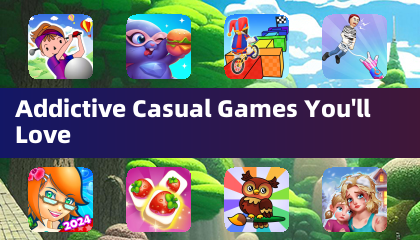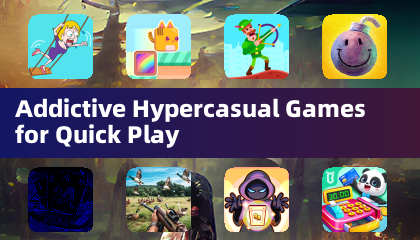As previously hinted by Nintendo, Nvidia has now shed some light on the custom GPU that powers the Nintendo Switch 2. While the level of detail might not satisfy all tech enthusiasts, the information provided is still significant. In a recent blog post, Nvidia confirmed the details reported by IGN, stating that the GPU supports AI upscaling via DLSS (Deep Learning Super Sampling) and ray tracing technology.
Nvidia's DLSS technology leverages AI to upscale lower-resolution images in real-time, significantly enhancing both performance and image quality. This allows games to run smoother and look sharper on the Switch 2. Nvidia described the new GPU as a "custom Nvidia processor featuring an Nvidia GPU with dedicated RT Cores and Tensor Cores," which contribute to "stunning visuals and AI-driven enhancements."
The development of the Switch 2 involved "1,000 engineer-years of effort," according to Nvidia, touching every aspect from system design to custom APIs and development tools. These efforts have resulted in substantial upgrades, including support for up to 4K gaming in TV mode and up to 120 FPS at 1080p in handheld mode. The Switch 2 also supports HDR and utilizes AI upscaling to refine visuals and enhance gameplay smoothness.
Nvidia highlighted that the new RT Cores enable real-time ray tracing, which adds lifelike lighting, reflections, and shadows, making game worlds more immersive. Meanwhile, the Tensor Cores are responsible for powering AI-driven features such as DLSS, which boosts resolution for sharper details without compromising image quality. These cores also support AI-powered face tracking and background removal for video chats, enhancing social gaming and streaming experiences.
During the Nintendo Direct, Nintendo introduced the C button, which facilitates new chat functionality by integrating an external camera and the Switch 2's built-in microphone. The system is designed to focus on the player’s voice while effectively filtering out background noise.
Nvidia boldly claims that the Nintendo Switch 2 offers "10x the graphics performance of the original Nintendo Switch," promising smoother gameplay and sharper visuals. However, the specifics of how this performance was measured were not detailed, leaving room for experts like Digital Foundry to analyze the claims when the Switch 2 launches in June.
Nintendo Switch 2 System and Accessories Gallery
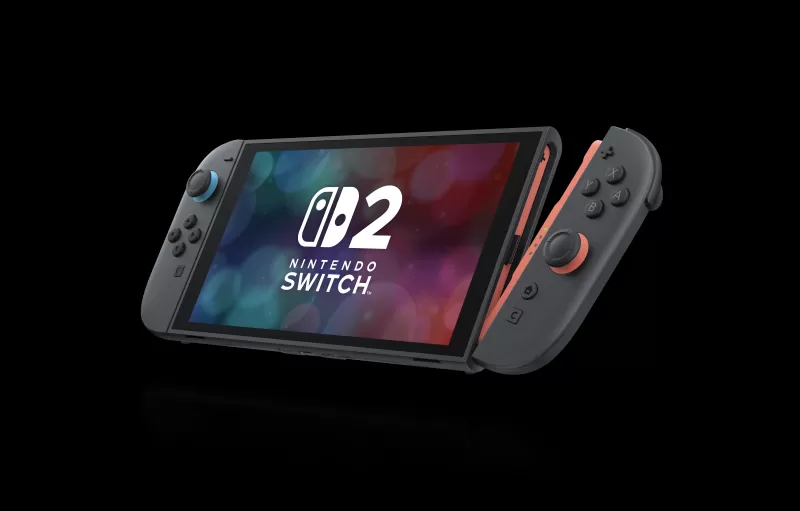
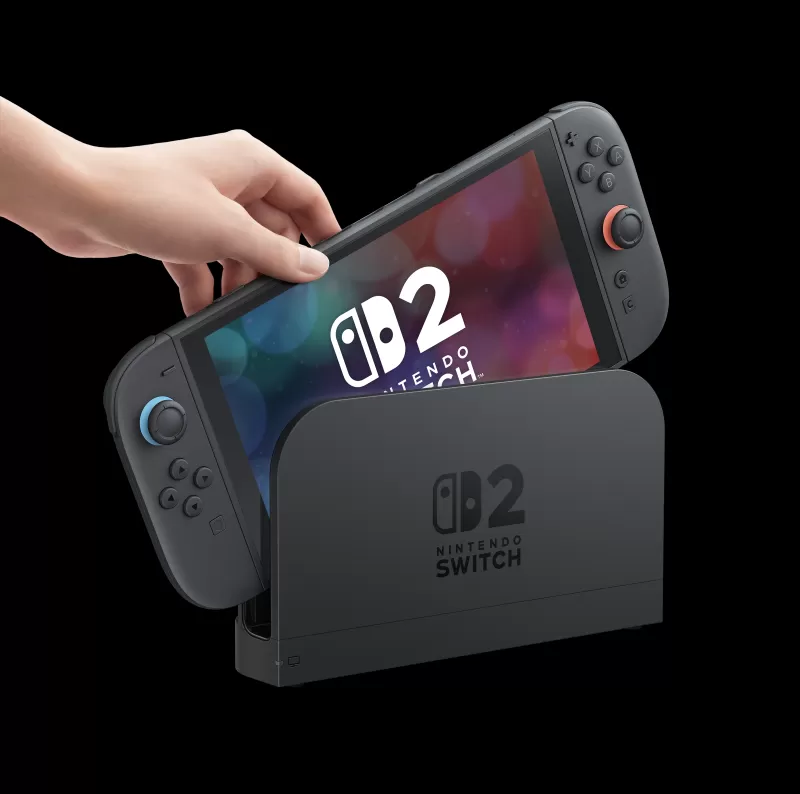 91 Images
91 Images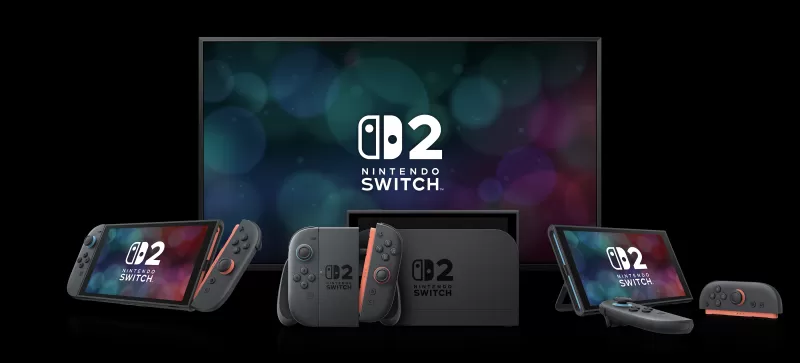
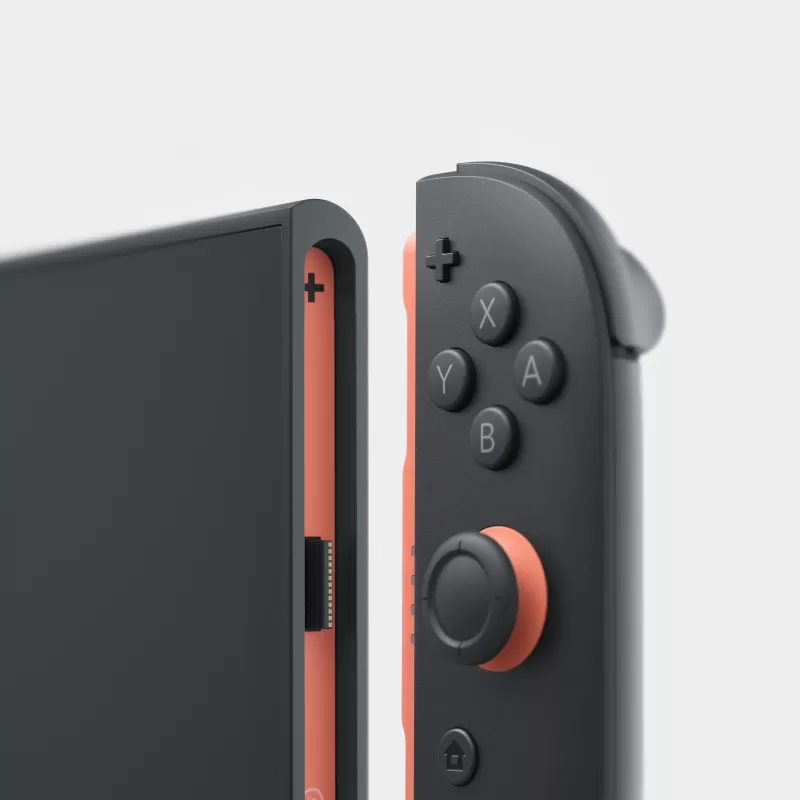
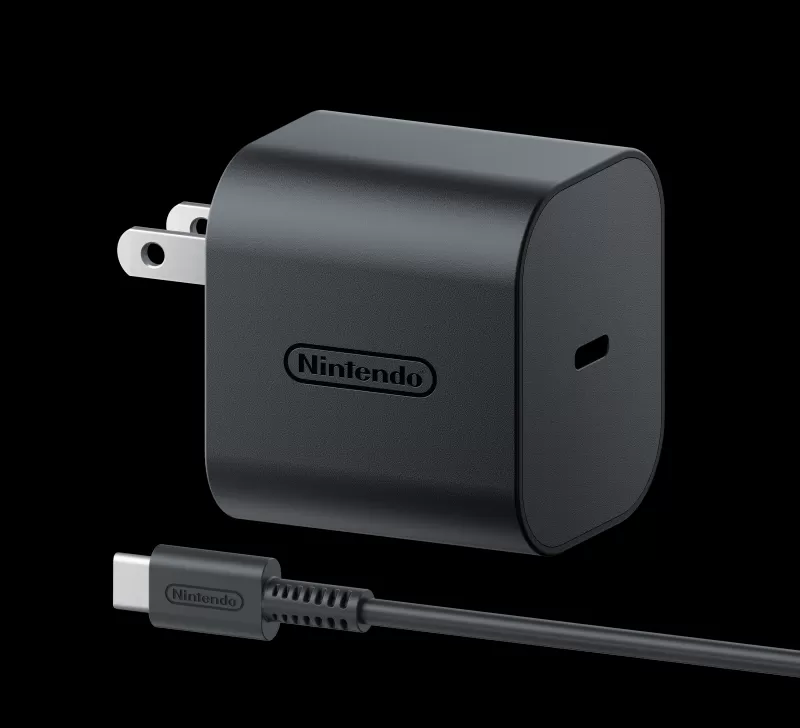

Nvidia also emphasized that the Tensor Cores enhance AI-powered graphics while maintaining efficient power consumption, and the RT Cores boost in-game realism with dynamic lighting and natural reflections. Additionally, Variable Refresh Rate (VRR) via Nvidia G-SYNC in handheld mode ensures an ultra-smooth, tear-free gaming experience.
In a hardware-focused Q&A in New York, Nintendo representatives confirmed the use of DLSS on the Switch 2 but remained vague about the specific version or any customizations. They also acknowledged the GPU's capability for ray tracing but refrained from diving into technical details. Tetsuya Sasaki, from Nintendo's Technology Development Division, emphasized the company's focus on providing value to consumers rather than delving into hardware specifications.
A patent spotted in January, filed in July 2023 and published earlier this year, described AI image upscaling technology aimed at maintaining small game download sizes while supporting up to 4K textures.
For more information, explore everything announced at the Switch 2 Nintendo Direct, and read what the experts have to say about the Switch 2 price and Mario Kart World’s $80 price tag.

